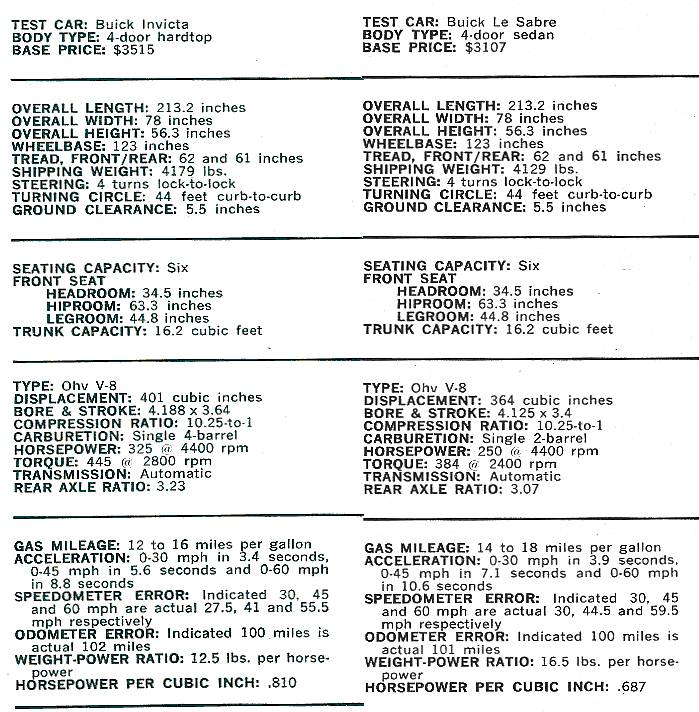



Motor Trend,
March,1961 Review & Comparison
"1961 Buick LeSabre & Invicta"
"SPECIAL THANKS TO MARK POTTER"
for providing the article
"Please e-mail me ,
with any ideas or comments, or sign my guest book!
Sign Guestbook
View Guestbook



